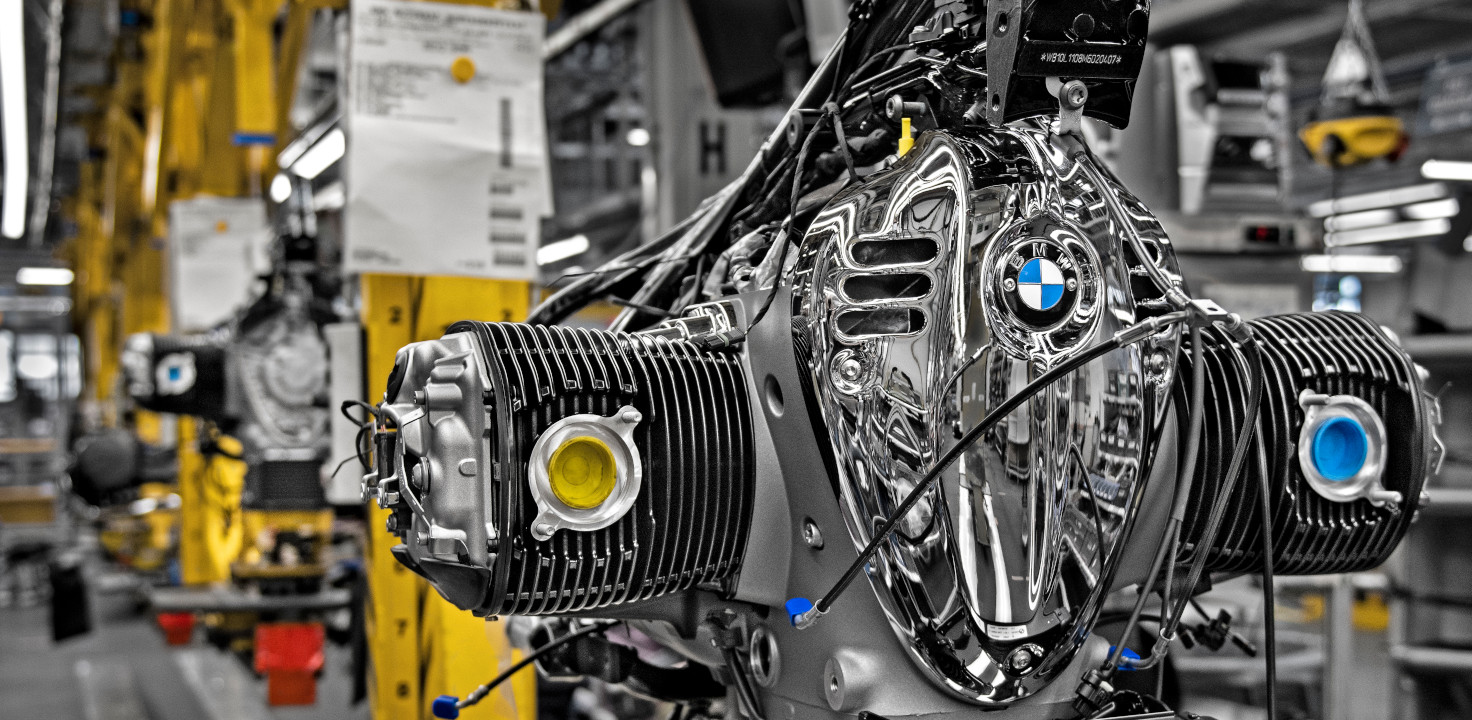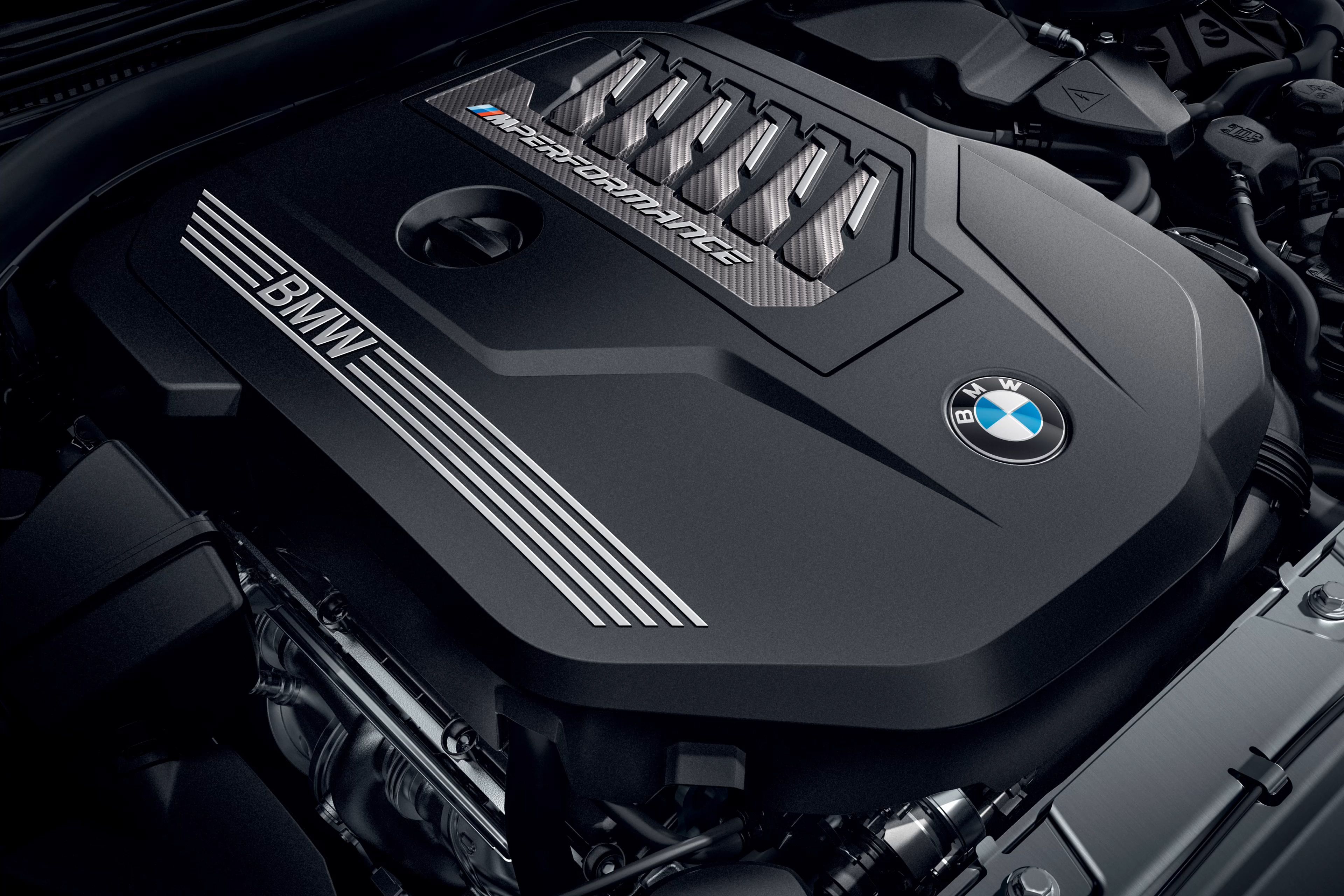Why the BMW Engine Is Taken Into Consideration One of the very best in Luxury Cars
Why the BMW Engine Is Taken Into Consideration One of the very best in Luxury Cars
Blog Article
Discovering the Evolution of Combustion Engines in Modern Transportation Systems
As we browse the landscape of modern transportation, the evolution of combustion engines stands as a testament to human resourcefulness and design prowess. From their simple beginnings to the innovative giants moving lorries today, burning engines have actually undergone an impressive trip of development and adaptation. Understanding the details of this advancement not just drops light on the past but additionally leads the method for visualizing what lies in advance in the world of transport innovation. The interaction of background, innovation, and environmental problems fit the trajectory of combustion engines creates a narrative that is both engaging and informative.
Early Beginnings of Combustion Engines
How did the principle of burning engines first emerge in the beginning of transport advancement? The origins of burning engines can be mapped back to the 17th century when the concepts of internal burning were first discovered. In 1673, Christian Huygens conceived a basic internal burning engine that utilized gunpowder to create power. It had not been up until the late 19th century that sensible applications of combustion engines in transport began to arise.
The advancement minute came with the development of the very first successful gasoline-powered engine by Karl Benz in 1885 - bmw engine. This engine led the way for the advancement of the modern-day vehicle, changing transport systems worldwide. Succeeding advancements by Nikolaus Otto and Gottlieb Daimler better refined combustion engine innovation, causing the mass manufacturing of automobiles and the quick expansion of the transportation industry
These very early burning engines were identified by their simpleness and performance, laying the structure for the complicated and powerful engines utilized in modern transportation systems. The development of combustion engines has actually contributed in forming the method we travel and carry products, marking a significant milestone in the history of transport advancement.
Shift to Internal Burning Modern Technology
The shift to interior combustion modern technology noted a crucial change in the development of transportation systems. This change began in the late 19th century, with inventors like Nikolaus Otto and Gottlieb Daimler creating the very first successful inner combustion engines. These engines changed transport by offering an extra effective and powerful choice to heavy steam engines and electric motors.
Among the key benefits of inner combustion engines was their ability to be reduced to match lorries, resulting in the growth of cars and motorcycles. This change from large, fixed engines to small, mobile ones led the way for the modern-day transportation systems we see today.
The change to internal burning technology likewise stimulated improvements in fuel innovation, leading to the advancement of fuel and diesel as primary fuel resources for cars. This change not just made transportation much more accessible to the masses however additionally laid the structure for the oil and gas market to come to be important to international economies.
Influence of Combustion Engines on Transportation
The adoption of combustion engines in transport systems militarized an extensive shift in the performance and rate of worldwide flexibility. Combustion engines transformed transport by giving a functional and reliable source of power for different automobiles, consisting of autos, ships, airplanes, and trucks. This technology considerably improved the capability for products and people to conform cross countries in shorter period, resulting in boosted connectivity between regions and nations.
Furthermore, the widespread usage of burning engines has actually had a substantial influence on financial advancement. The capability to deliver products effectively has spurred profession and business, enabling services to broaden their markets and reach customers worldwide. This has facilitated financial development and globalization, as products can now be transported much faster and in bigger amounts than ever in the past.
Nonetheless, the environmental impact of burning engines can not be forgotten. The combustion of fossil fuels has actually caused air pollution and greenhouse gas emissions, adding to environment change and posing wellness dangers to populations. bmw engine. As an outcome, there is a growing focus on establishing alternative propulsion modern technologies to alleviate these negative results and produce an extra lasting future for transportation
Technologies in Combustion Engine Layout
One significant advancement is the advancement of turbocharged engines, which utilize exhaust gases to drive a wind turbine that compresses incoming air, enabling for even more fuel to be scorched, resulting in enhanced power outcome without a significant rise in engine dimension. Variable shutoff timing systems have actually also revolutionized engine layout by optimizing air movement at various engine rates, enhancing both power her comment is here and efficiency. These innovations collectively add to the constant improvement of burning engines in contemporary transport systems.
Future Fads in Burning Engine Advancement
With modern technology developments driving continuous innovation, the future of combustion engine growth is positioned to reinvent transportation systems worldwide. Among the crucial patterns in burning engine development is the push in the direction of greater performance and minimized discharges. Manufacturers are investing heavily in r & d to improve engine efficiency while satisfying strict environmental laws. This includes the assimilation of sophisticated gas shot systems, enhanced turbocharging methods, and the usage of lightweight materials to maximize fuel intake and reduce carbon discharges.
Another popular pattern is the fostering of hybrid technologies in combustion engines. Crossbreed engines incorporate traditional combustion innovation with electrical power, supplying improved fuel effectiveness and reduced exhausts. As the automotive industry shifts in the direction of electrification, crossbreed burning engines are viewed as a transitional solution that bridges the void between standard vehicles and totally electrical ones.
In addition, the assimilation of smart innovations, such as man-made intelligence and data analytics, is anticipated to play a significant role in the future of burning engine growth. These modern technologies can enhance engine efficiency in real-time, causing more efficient burning procedures and boosted total vehicle efficiency. Welcoming these future fads will certainly not only drive innovation in combustion engine growth yet additionally add to a much more ecologically pleasant and lasting transport ecosystem.

Final Thought
In final thought, the evolution of combustion engines in modern-day transport systems has been noted by considerable developments in technology and layout. From the early beginnings of burning engines to the shift to internal burning innovation, these engines have had an extensive impact on transport.
The origins of combustion engines can be mapped back to the 17th century when the concepts of internal burning were very first explored. These engines changed transportation by offering an extra powerful and reliable option to steam engines and electrical motors.

Report this page